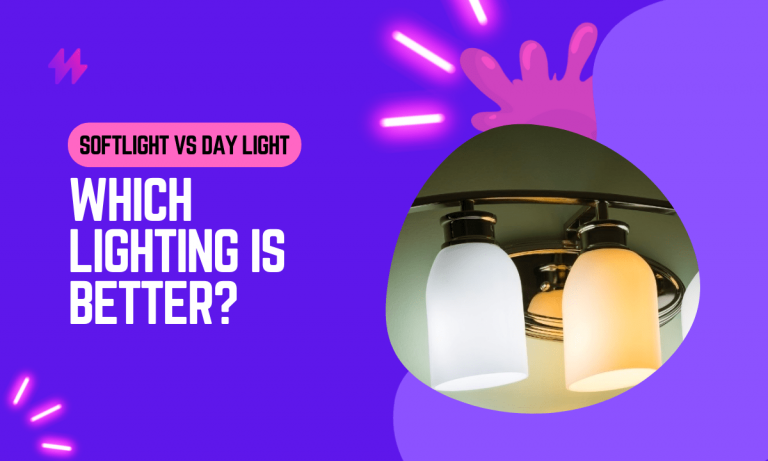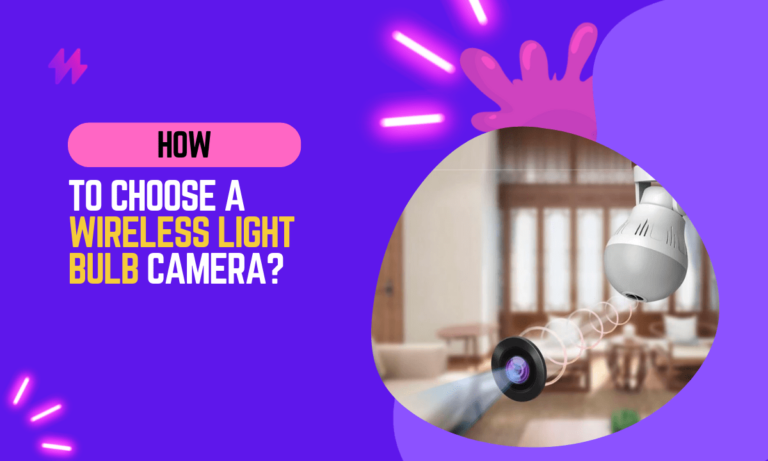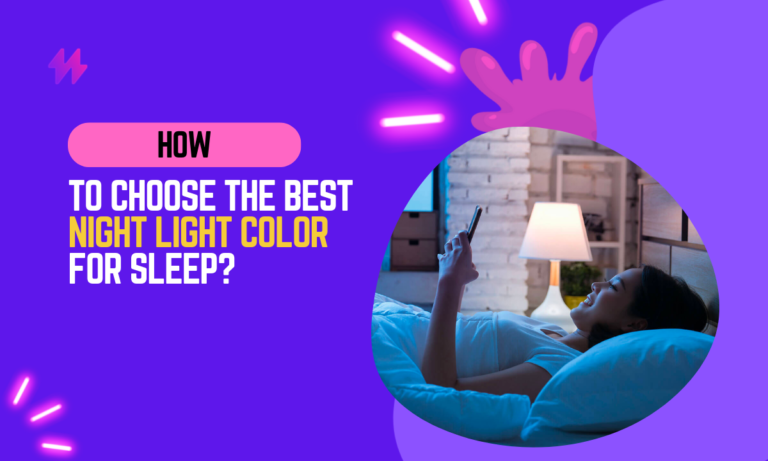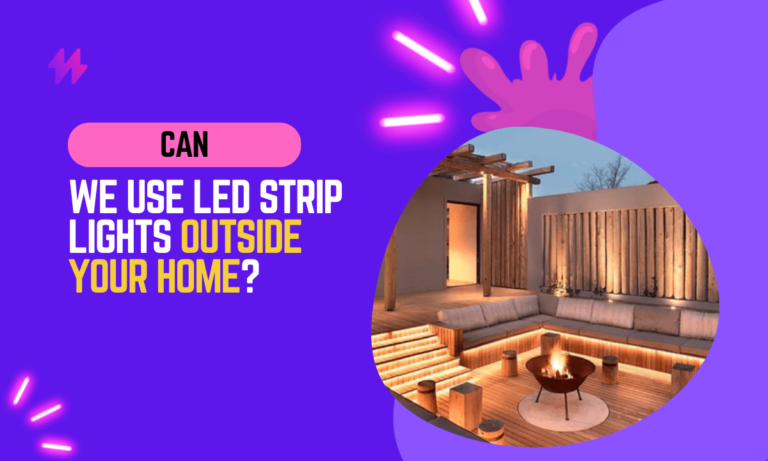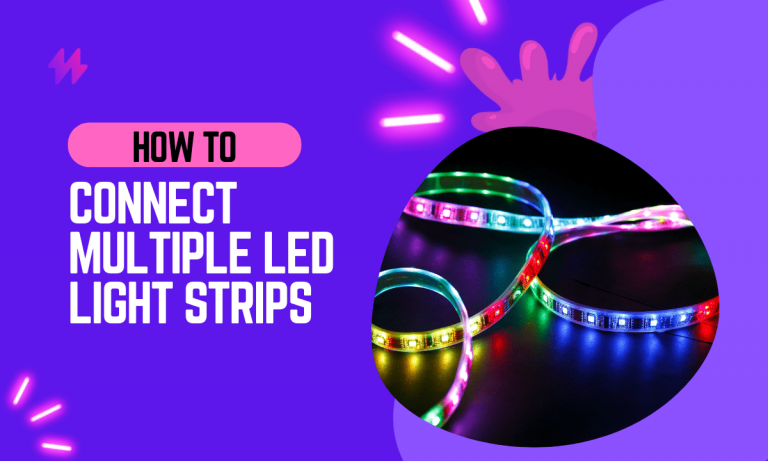How to Reduce Glare From LED Lights in 2024?

Glare is an unfortunate problem that comes with LED lights. While they are more efficient and longer lasting than other light bulbs, they can be quite harsh on the eyes. This blog post will explore what glare is, different types of LED glares, and why to reduce glare from LED lights. We will also provide various ways to reduce LED light glare.
Glare affects various lighting sources, including LED stadium lights and streetlamps, often causing discomfort in both indoor and outdoor settings. To improve nighttime visibility and create a perfect lighting environment, it’s essential to explore how to reduce glare from LED lights in 2024 by utilizing anti-glare lights and adjusting lighting design departments accordingly.
Understanding Glare: How to Reduce Glare from LED Lights in 2024 with Anti-Glare Lighting
Glare is the sensation of light that causes discomfort or interferes with vision. It can be caused by a bright light source, such as the sun, or by reflected light from surfaces, such as water or snow. Glare can be temporary or permanent, depending on the light’s intensity and exposure duration.
Glare can be reduced through the implementation of various **anti-glare lighting** solutions, which aim to limit the **brightness contrast** experienced by individuals. Using products like **anti-glare LEDs** and **glare-free lights** can enhance the overall lighting experience in both commercial and residential spaces while significantly improving visual comfort.
Understanding the Causes of LED Light Glare: Key Insights
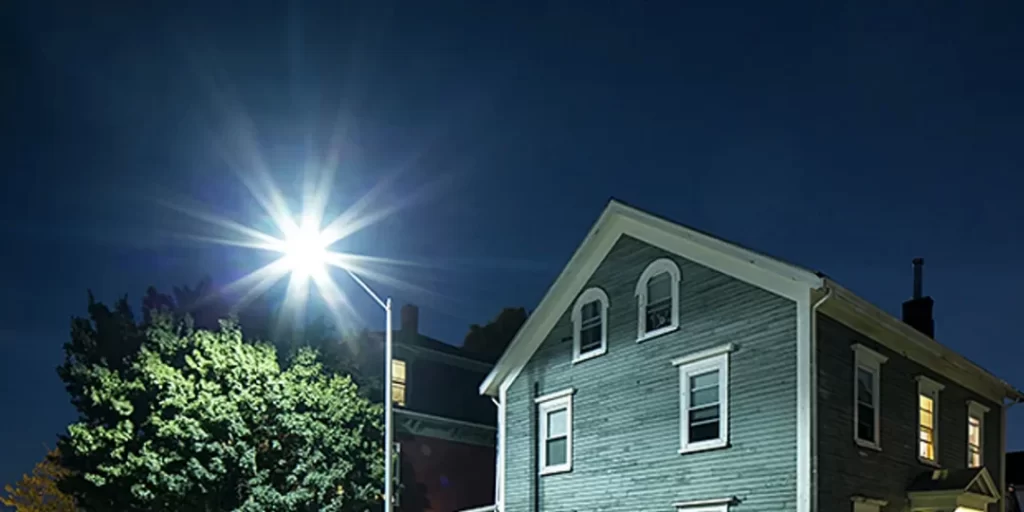
The main reason why LED lights glare is that they are very bright. This is because they emit light in a very small area. This can make it difficult to see clearly, especially if looking at something close to the light source.
Additionally, LED lights have a very high color temperature, which can make them appear even brighter than they are.
To address issues related to glare, it’s crucial to consider the optimal use of **downlights** and **anti-glare light fixtures**. By implementing smart **lighting design** solutions and utilizing the latest **led light bulbs**, facilities can enhance visual comfort while minimizing potential glare from overhead lights.
Are LED Lights Responsible for Glaring?
Yes, LED lights can produce glare under certain circumstances. Glare is caused by excessive brightness or contrast in a visual field, leading to discomfort or difficulty seeing. LED lights are known for their high intensity and directional nature, which can contribute to glare if not properly designed or installed.
Factors that can contribute to LED glare include:
Glare refers to the excessive brightness that can affect the comfort of individuals, especially in environments illuminated by LED lights, which can produce high luminous intensity. Implementing effective anti-glare solutions can significantly improve the commercial lighting experience, making the environment more visually comfortable while reducing glare values from various light sources such as streetlights and downlights.
Understanding LED Light Glare: Intensity Factors and Solutions
LEDs are typically brighter than traditional incandescent or fluorescent lights. When used at high-intensity levels, they can cause discomfort and glare.
LEDs are typically brighter than traditional incandescent or fluorescent lights. When used at high-intensity levels, they can cause discomfort and glare, particularly in environments with insufficient **lighting design**. By incorporating **anti-glare lights**, designers can significantly enhance comfort by lowering **brightness contrast** in living and working spaces.
Direct View: Understanding the Causes and Effects of LED Light Glares
If you directly look at an LED light source, especially high-intensity ones, it can create glare and temporary visual disturbances.
When designing spaces with LED lighting, it’s important to consider factors that contribute to **lighting glare**, such as the **brightness distribution** and **potential glare angles**. Utilizing **anti-glare filter** technologies can help achieve a **comfortable light** environment, reducing discomfort for individuals who may otherwise experience **disability glare** from high-intensity sources.
Improper Shielding of LED Lights: Understanding the Causes and Solutions
LED fixtures that lack proper shielding or diffusers can allow the light source to be directly visible, increasing the chances of glare.
To effectively combat glare, it is vital to implement **anti-glare lights** in both indoor and outdoor settings. Emphasizing on **glare reduction** techniques will help create environments with enhanced visual comfort and well-managed **lighting glare** for all users.
Reflections: Understanding LED Light Glare and Its Impact
Smooth and reflective surfaces can reflect the intense light emitted by LEDs, causing glare. This is particularly evident in glossy or polished surfaces.
However, it’s important to note that not all LED lights create glare. Many modern LED lighting fixtures are designed with diffusers or lenses to minimize glare by distributing light more evenly and reducing the direct visibility of the light source. Also, properly placing and installing LED lights can help mitigate glare issues.
Reducing glare is particularly essential in “landscape lighting,” where brightness must be carefully managed to enhance outdoor aesthetics without causing discomfort. Utilizing “light dimmers” and selecting the right “low-glare” fixtures can significantly improve the ambiance while addressing “glare properties” and ensuring that all areas are well-lit and visually comfortable.
Exploring the Different Types of LED Light Glares: Understanding Their Impact on Lighting Quality
There are two types of LED glares:
- Direct
- Indirect
Direct glare occurs when you are looking directly at the LED light source. This can be very uncomfortable and even cause eye damage if exposed to it for too long.
Indirect glare occurs when you are looking at an object that is illuminated by an LED light. This glare is not as harmful to your eyes but can still be quite bothersome.
Also read: How Long Do Smart LED Bulbs, Last Long?
Glare from LEDs can significantly impact visual comfort due to their high light intensity and the potential for direct light exposure. A comprehensive **lighting calculation** and **detailed lighting design** are essential for optimizing brightness distribution to mitigate issues like **discomfort glare** and **offensive glare light** in both indoor and outdoor environments.
Why It’s Important to Reduce Glare from LED Lights: Understanding the Impact
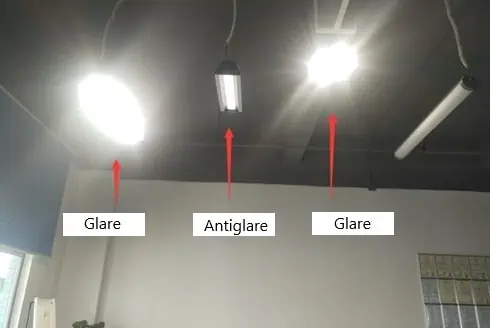
There are several reasons why you should reduce glare from LED lights.
1. Reduced LED light glares can help you see better.
Glare can make it difficult to see clearly, especially if looking at something close to the light source. You can improve visibility and see things by reducing LED light glares.
2. Reduced LED light glares can help you feel more comfortable.
Glare can be quite uncomfortable as LED lights emit multiple colors, and it can even cause eye fatigue. You can reduce the discomfort and fatigue you experience by reducing LED light glares.
3. Reduced LED light glares can help you avoid eye damage.
Direct glare from LED lights can harm your eyes and even cause permanent damage if exposed for too long. You can protect your eyes from potential harm by reducing LED light glares.
4. Glare can make concentrating on tasks or reading text difficult.
Glaring can make it difficult if you are trying to concentrate on a task or read text. Reducing LED light glares can improve your concentration and make completing tasks or reading text easier.
5. Reducing LED light glares can help you feel more relaxed and comfortable.
If you are trying to relax or sleep, glare from LED lights can make it difficult. You can create a more relaxing and comfortable environment by reducing LED light glares.
6. Glare can cause dizziness or nausea in some people.
For some people, glare can cause dizziness or nausea. By reducing LED light glares, you can help reduce these symptoms.
7. Reducing LED light glares can save you money.
If you are using LED lights in your home or business, reducing the amount of glare can help you save money on your energy bill.
8. Glare can make watching television or using a computer screen difficult.
Glare can make it difficult if you are trying to watch television or use a computer screen. By reducing LED light glares, you can improve your viewing experience.
9. Reducing LED light glares can help reduce light pollution.
LED lights that produce a lot of glare often contribute to light pollution.
You may also like: Can You Sleep with LED Light Strips On?
Reducing glare from LED lights not only improves visual comfort but also enhances safety, particularly in environments where precise tasks are performed. By implementing effective **anti-glare lights** and adjusting the **lighting design**, you can significantly limit the **brightness contrast** that often causes discomfort and distractions, leading to a more pleasant and effective space for various activities.
Effective Strategies to Reduce LED Light Glares: How to Create a Comfortable Lighting Environment
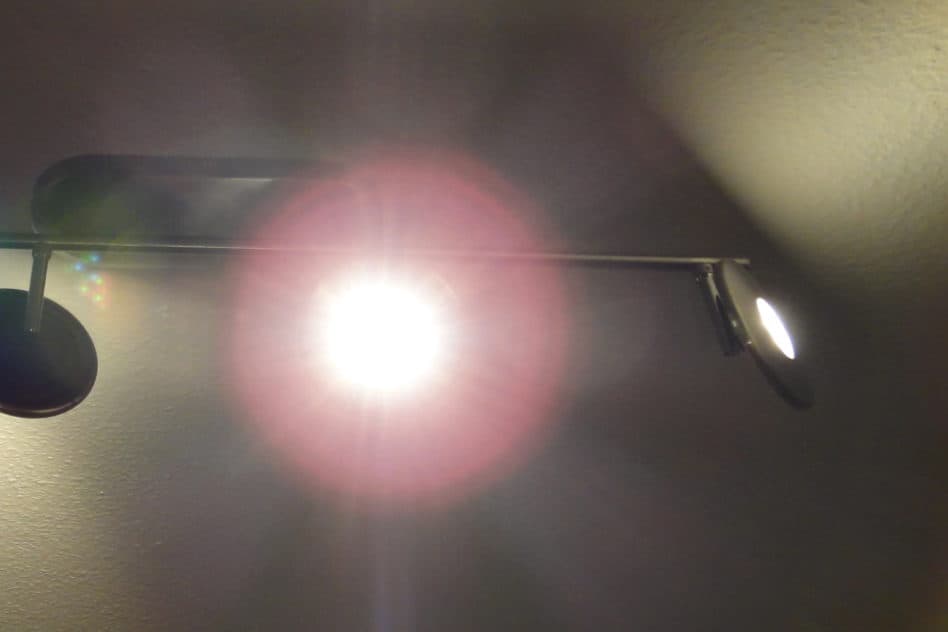
There are several ways that you can reduce glare from LED lights.
To effectively combat glare, it’s essential to consider the glare rating of different lighting products, which can vary significantly between LED lights, fluorescent bulbs, and halogen lights. Incorporating anti-glare solutions not only helps in achieving sufficient lighting but also enhances the overall comfort of illuminated areas, allowing for a more pleasant experience with reduced extreme brightness contrast.
**Mitigating LED Light Glare: Use a Diffuser for a Softer Illumination**
A diffuser is a material that scatters light in all directions. This can help reduce the light’s intensity and make it more comfortable. Diffusers are available in various materials, such as fabric, paper, or plastic.
Incorporating diffusers in the design of lighting fixtures, especially **led downlights**, can significantly enhance the **visible light** quality by decreasing **brightness contrast**. This technique not only helps in achieving **pleasant lighting** but also promotes **glare suppression**, creating an environment where individuals are less likely to experience discomfort related to **light causes glare**.
Optimizing Lighting: Use Dimmer Switches to Minimize LED Light Glare
Dimmer switches allow you to adjust the brightness of your LED lights. This can help to reduce glare from LED lights and eye strain.
Dimmer switches allow you to adjust the brightness of your LED lights, which can help to reduce glare from LED lights and eye strain. Implementing effective anti-glare lights benefit indoor and outdoor spaces by decreasing brightness contrast, while promoting a unified glare rating for a more visually comfortable environment. Optimizing lighting design with natural light sources can further enhance the overall brightness and reduce issues related to excessive lighting.
Optimize Light Control: Use Blinds or Curtains
Blinds or curtains can help to block out some of the light from your LED lights. This can reduce the amount of glare that you experience.
In addition to blinds or curtains, utilizing **anti-glare film** on windows can further diminish the brightness of **bright lights**, enhancing comfort in a space. By incorporating **no-glare lights** and optimizing the **lighting area**, individuals can effectively mitigate the discomfort caused by the high-intensity **luminous flux** of **LED lights**.
Adjust Your Lighting for Optimal Comfort: Move Your Light Source
If possible, try to move your light source away from your workspace. This can help to reduce the amount of glare that you experience.
To further reduce glare, consider adjusting your workplace lighting by incorporating **indirect light** sources and utilizing **anti-glare solutions**. Opting for **warm lights** and implementing a thoughtful **lighting design** can create a more visually comfortable environment, lessening the harshness associated with **bright screens** or **glow** effects.
Effective Strategies: Adjust Your Monitor to Reduce LED Light Glare
If you are using a computer, you can try adjusting your monitor’s brightness and contrast settings. This can help to reduce the amount of glare that you see.
Adjusting the **lighting design** in your home or office can significantly ease the **glare behavior** caused by direct light sources. By using **anti-glare solutions** and ensuring an **intended lighting distribution**, you can effectively **decrease brightness contrast** and create a more visually comfortable space.
Effective Strategies to Minimize LED Light Glare: Use an Anti-Glare Screen
An anti-glare screen can help reduce glare from LED lights and your computer screen or other electronic devices.
Implementing an anti-glare screen not only minimizes the discomfort caused by LED lights but also contributes to a more effective light solution for various electronic devices. By choosing the right lighting design, such as employing low glare fixtures and ensuring proper light output, individuals can greatly enhance visual comfort while effectively limiting glare experiences in indoor and outdoor settings.
Effective Strategies to Reduce LED Light Glares
If you have several lights in your home or office, try to reduce the number of lights you use. This can help to reduce the amount of glare that you experience.
Reducing the amount of lights in your home or office is a practical step towards improving the overall lighting experience while minimizing glare. By focusing on effective lighting solutions, such as anti-glare fixtures and superior lighting quality, you can create a more comfortable environment that limits excessive brightness distribution and glare properties.
Employing LED Bulbs with Lower Wattage to Mitigate Glare
LED bulbs with a lower wattage produce less light and, as a result, can help reduce the glare you experience.
Adjusting your light fixture design with LED bulbs that focus on **light enablement** can significantly improve your overall **indoor lighting** experience. By considering factors like **brightness distribution** and implementing **anti-glare solutions**, you can create an environment that minimizes **glare limitation** while enhancing visual comfort for all users.
Effective Methods to Clean Your Lights
Dust or dirt on your lightbulbs can cause them to emit more light and create more glare. Be sure to clean your lights regularly to reduce the glare they produce.
To minimize glare in various environments, it’s essential to regularly clean your light fixtures, as dust can amplify both brightness and discomfort. Choosing anti-glare technologies, such as utilizing led reflectors and low glare fixtures, can significantly enhance general room illumination while limiting the glare properties that individuals may experience.
Adjust Your Space: Move Your Furniture to Reduce LED Light Glares
If possible, try rearranging it so it is not in front of your light source. This can help to reduce the amount of glare that you experience.
You may also like: Do LED Strip lights get Hot?
To further mitigate glare, it’s important to consider the role of **light shielding** and **lamp design** when selecting fixtures for specific environments. Utilizing **light diffusion** technologies in your lighting solutions can also create a more comfortable atmosphere by reducing the harshness of **excess light** and making the overall lighting experience more pleasant.
Final Thoughts on Reducing LED Light Glares: A Comprehensive Guide
In conclusion, reducing glare from LED lights in 2024 is essential for creating comfortable and visually appealing environments, whether in residential settings, workplaces, or public areas. As LED technology continues to dominate the lighting market, addressing glare becomes increasingly important due to the intense brightness and direct nature of LED illumination. Implementing diffusers is one effective method; these accessories scatter the light, softening its impact and spreading it more evenly across a space. Diffusers can be integrated into light fixtures or added to existing setups and are particularly useful in areas where people spend considerable time under artificial lighting, like in offices or kitchens, to prevent eye strain and enhance visual comfort.
Additionally, strategic placement and angling of LED fixtures are crucial in minimizing glare. By positioning lights in a manner that they do not directly face common sightlines, or by adjusting the angle of the light emission away from direct eye contact, one can significantly reduce the harshness perceived from LEDs. Moreover, utilizing dimming systems offers a dynamic solution to control the intensity of LED lights based on the time of day or the specific requirements of a room, further helping in reducing glare. As we look towards the future, the role of smart lighting systems in managing glare will likely become more prominent. These systems can automatically adjust brightness and color temperature based on ambient light conditions or occupancy, providing a sophisticated approach to managing glare while also enhancing energy efficiency. By embracing these techniques, users can enjoy the benefits of LED lighting—such as energy efficiency and long service life—without the discomfort of glare, thereby improving both the functionality and comfort of illuminated spaces.

